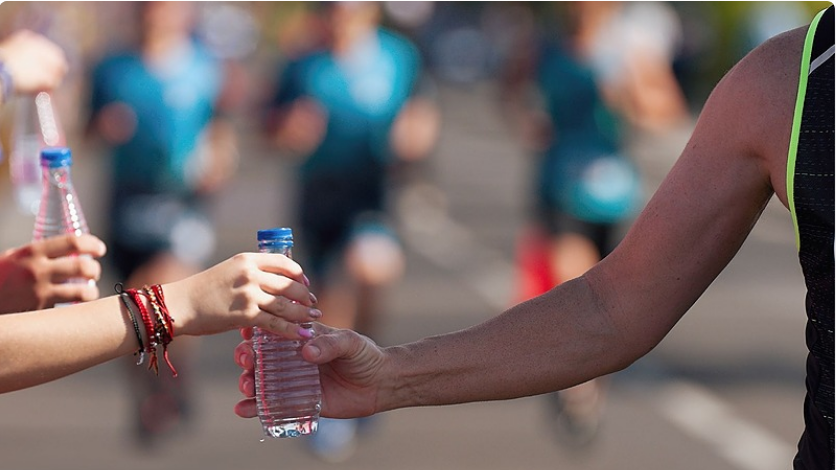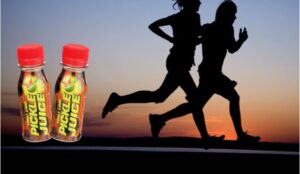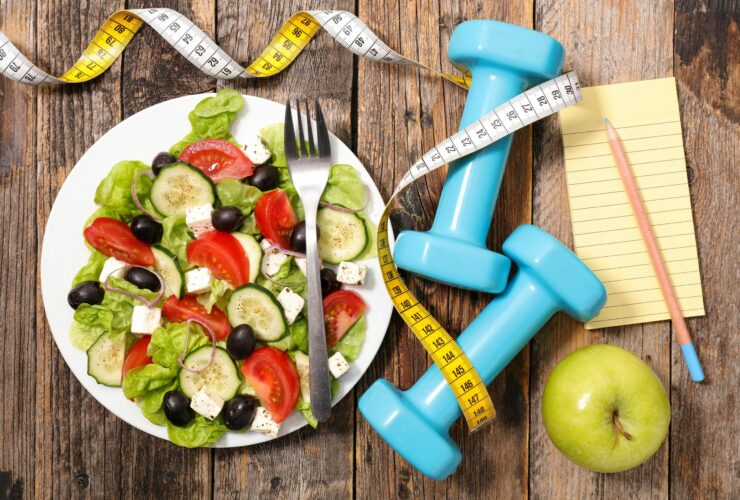Pickle Juice: A Practical Cramp Solution for Endurance Athletes?
Muscle cramps are one of the most commonly reported issues among endurance athletes—and one of the most complex to manage. While hydration and electrolyte strategies are often the first go-to, they’re only part of the picture.
Cramps can also stem from inadequate fueling, muscle fatigue, or even mechanical factors—like training on unfamiliar surfaces (think shifting from grass to asphalt or trail to track). So, when these foundations are in place and cramps are still occurring, athletes and practitioners alike start looking for more targeted solutions.
That’s where pickle juice comes in.
Not your typical supplement—but one that’s gained momentum in the endurance world for its unique, fast-acting mechanism. So how do we, as dietitians, approach this salty shot? And where might it sit in our broader practice?
Why It’s Gaining Attention
Pickle juice isn’t just salty water in disguise. Its key ingredients—vinegar and acetic acid—activate sensory receptors in the mouth and throat, triggering a neural reflex that interferes with cramp signals. Relief is often seen within 30 to 90 seconds—which, let’s be honest, can feel like a lifetime mid-race… or like a miracle when it works.
Considering the Athlete Experience
Athletes dealing with mid-run or post-session cramps often describe the frustration of feeling prepared, yet still derailed by something outside their control. Even with a solid hydration plan and fueling strategy, cramps can appear out of nowhere and throw a serious spanner in the works.
When conventional strategies fall short, athletes may be open to exploring options that feel a little out-of-the-box—especially when there’s emerging evidence to support them. That’s where pickle juice, introduced with guidance and context, can offer a valuable alternative.
Before recommending it, consider:
- The athlete’s current cramp management strategy
- Their openness to trialing new interventions
- Any medical conditions that might be impacted by high sodium intake or acidity
How to Use It
The general guideline is 1mL per kg of body weight, consumed at the onset of a cramp. For athletes prone to cramping, a dose 15 minutes before exercise can also be trialled in training.
Relief is often reported within a minute or two, making it a quick option when cramps strike mid-session or mid-race. Portable formats like Pickle Juice and Cramp Fix offer easy-to-carry options without the need for, well… an actual jar of pickles.
Supporting Individualised Supplementation
Pickle juice might not be suitable for every athlete—but for those experiencing regular cramps, it’s a tool worth considering. It offers a novel and science-backed option, especially when traditional hydration and electrolyte strategies fall short.
It’s another reminder that effective sports nutrition isn’t always about following the textbook—it’s about meeting the athlete where they’re at, and tailoring evidence to their lived experience.
Want to deepen your confidence in endurance nutrition?
Understanding the science is just one part of the picture. Being able to translate that science into practical, individualised strategies that genuinely support athlete performance is what makes the difference.
Curious to learn more?
Dive into our Compeat Academy ‘Distance Running Nutrition Handbook’—a self-paced course designed to build your skills and confidence in all things endurance nutrition.
Because sometimes, support looks like carb periodisation, recovery plans…
And sometimes, it looks like a shot of pickle juice.




